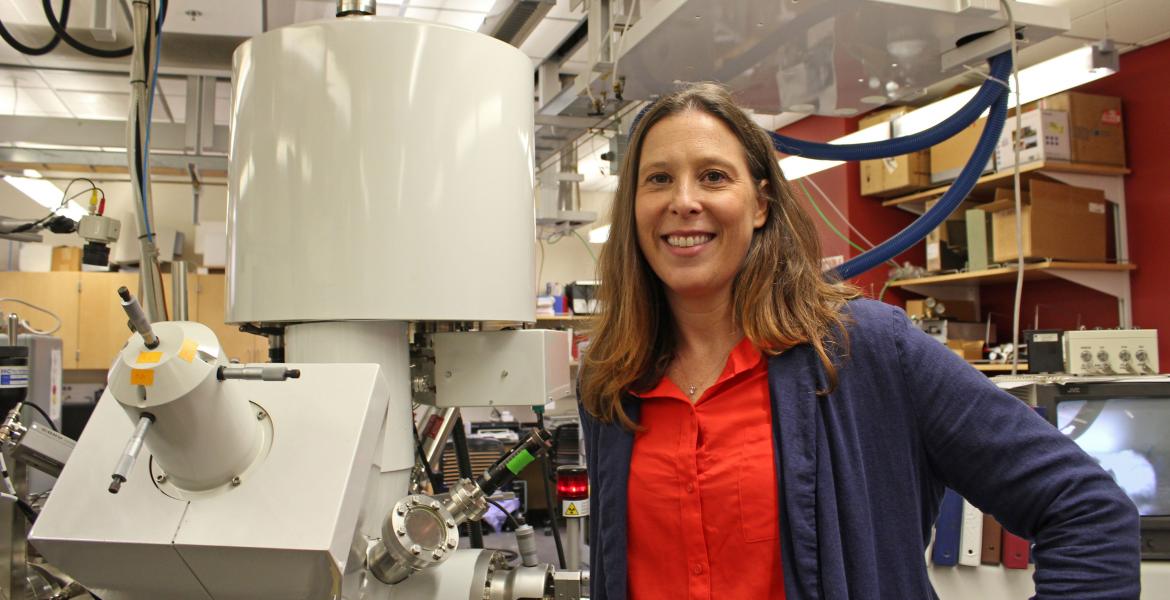
A novel electrochemical robotic arm is under development at the University of Arizona to identify perovskite defects during manufacturing rather than after to improve durability.
The Department of Energy Solar Energy Technologies Office announced it selected the University of Arizona to develop a new method for identifying defects in perovskite solar cell development during the manufacturing process.
Perovskites are actively being researched worldwide for their ability to be manufactured at scale as readily printable materials that can be deposited as paper-thin solar cells. The flexible, lightweight cells are hailed for their numerous uses, like on low-load roofs, in aviation, wearables, and rapid delivery and rollout in disaster situations. Perovskites are naturally occurring minerals, but they also represent lab-made crystalline structured materials that imitate the natural minerals’ shape.
Perovskites have made leaps and bounds in their efficiency, growing from 3% in 2009 to over 25% today. However, the material currently struggles with stability, in part because temperature sensitivity causes them to degrade relatively rapidly. The earliest perovskites worked for only a few minutes or hours, but today they have a lifespan of several months. Improving this lifecycle is the focus of the grant-funded research at the University of Arizona, which is led by associate professor of chemical and environmental engineering Erin Ratcliff.
“Perovskites are the highest-performing printable solar cell technology,” said Ratcliff. “But the operating hypothesis in the field is that defects are contributing to instability.”
Ratcliff is developing a method to detect the creation of defects not after the perovskites are made, which is the traditional operation, but rather during the manufacturing process.
“What our project is about is trying to develop an in-line characterization tool to get you a quality control assessment to tell you how good the layers are in the exact moments you’re making them,” said Ratcliff. “This quality control method is also an indication for the long-term stability of the materials you’re making.”
Ratcliff is developing an electrochemical method to achieve this goal. The method can offer a more nuanced look at the potential presence of defects. It will involve using a robotic arm to apply a thin material about the thickness of plastic kitchen wrap to the solar panel being manufactured.
“You stick it on there and you apply an electric field on [the manufacturing] line, and you can figure out how it works under operation, without having to make the whole device first,” she said.
The research is supported by the Department of Energy, the Office of Naval Research, and Tech Launch Arizona, the University of Arizona’s office that commercializes research projects.
“Large-scale manufacturing of these robust, high-quality perovskite-based photovoltaics will require low-cost and practical quality control methods that can be integrated into an operating line,” said Laura Silva, senior licensing manager for the College of Science at Tech Launch Arizona. “Ratcliff’s approach is overcoming these challenges and making the technology much more attractive in a marketplace that’s demanding higher and higher performance.”
This content is protected by copyright and may not be reused. If you want to cooperate with us and would like to reuse some of our content, please contact: editors@pv-magazine.com.
Bagikan Berita Ini














0 Response to "Perovskite solar cell defect characterization during manufacture for improved stability - pv magazine USA"
Post a Comment